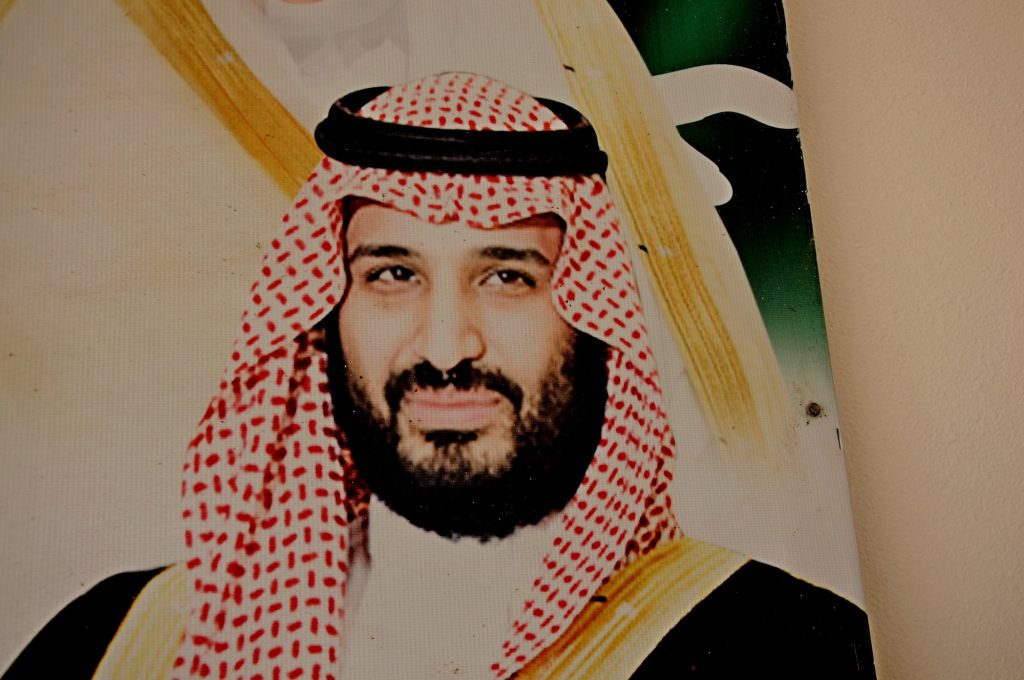Saudi Arabia faces mounting fiscal challenges as the International Monetary Fund has sharply increased its projection for the kingdom’s government debt. The IMF now expects Saudi debt to reach 44.5% of GDP by 2029, a notable jump from last year’s estimate of 35.3%. This revision comes as declining oil prices cut into national revenues and economic growth prospects.
The Saudi budget deficit is anticipated to approach 5% of GDP in both the current year and 2026, up from 2.8% in 2024. The IMF has also lowered its growth forecasts for Saudi Arabia, citing uncertainty in global trade policy and the country’s heavy reliance on oil, which accounts for about 60% of government income and a third of GDP. Brent crude prices are at their lowest in four years, further straining public finances.
Massive spending on Vision 2030 development projects, coupled with weak foreign investment and falling oil revenues, is putting additional pressure on the kingdom’s finances. Despite the challenging environment, Saudi Arabia has benefited from relatively favorable borrowing costs compared to other emerging markets.
The IMF urges Saudi Arabia and similar economies to strengthen public finances by expanding tax bases, phasing out costly energy subsidies, and controlling public sector wages. While the kingdom has no personal income tax, it does impose a 20% corporate tax and a 15% value-added tax—the highest in the region. Energy subsidies remain significant, and the IMF suggests their reform could boost efficiency and free up funds for social spending.
Experts note that Saudi Arabia’s exposure to oil price swings is heightened by its ambitious spending plans and the early stage of its economic diversification. The IMF stresses the need for resilience and disciplined fiscal policy as the region navigates ongoing volatility.
